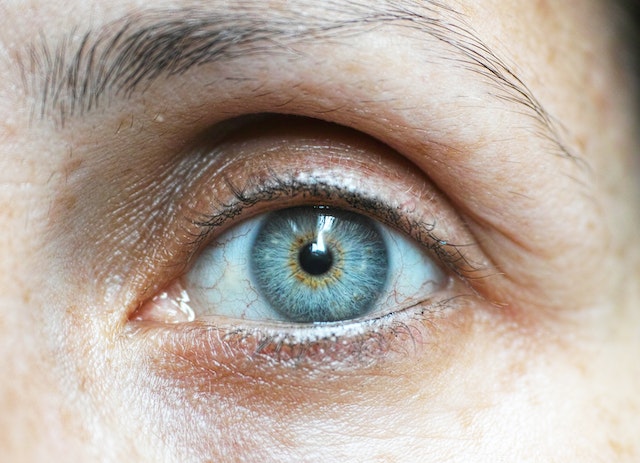Introduction: Maintaining clear and healthy eyesight is essential for our daily lives, but occasionally, our vision can be compromised by eye infections. These infections can cause discomfort, blurred vision, and other symptoms that can significantly impact our well-being. This article aims to provide insights into the causes and treatment options for common eye infections, helping us understand how to effectively combat these conditions and restore clear vision.
- Conjunctivitis (Pink Eye): Conjunctivitis, commonly known as pink eye, is a prevalent eye infection characterized by inflammation of the conjunctiva, the thin, transparent membrane covering the eye’s front surface. Bacterial or viral infections, as well as allergies, can cause conjunctivitis. Symptoms include redness, itching, tearing, discharge, and sensitivity to light. Treatment may involve antibiotic or antiviral eye drops, compresses, and good hygiene practices.
- Blepharitis: Blepharitis is an inflammation of the eyelids, often caused by bacterial overgrowth or clogged oil glands near the eyelashes. Symptoms include redness, swelling, itching, a gritty sensation, and crusting around the eyelids. Treatment typically involves gentle cleaning of the eyelids, warm compresses, and sometimes antibiotics or steroid ointments.
- Keratitis: Keratitis is an infection or inflammation of the cornea, the transparent front surface of the eye. It can result from infections, viruses, fungi, or improper contact lens usage. Symptoms include eye pain, redness, blurred vision, light sensitivity, excessive tearing, and discharge. Prompt medical attention is vital to prevent complications and vision loss. Treatment may involve antiviral or antifungal medications, eye drops, or, in severe cases, hospitalization.
- Sty (Hordeolum): A sty is a painful, red lump that develops on the eyelid, usually due to a bacterial infection of the eyelash follicles or oil glands. Symptoms include tenderness, swelling, and localized pain. Applying warm compresses can help alleviate symptoms, while avoiding squeezing or popping the sty is crucial to prevent further infection.
- Endophthalmitis: Endophthalmitis is a rare but severe eye infection that affects the inner layers of the eye, such as the vitreous gel and retina. It can occur due to trauma, surgery, or the spread of infection from other parts of the body. Symptoms include severe eye pain, redness, vision loss, floaters, and increased light sensitivity. Immediate medical attention is crucial, often requiring intravenous antibiotics and, in some cases, surgery.
Conclusion: Understanding the causes and treatment options for eye infections is essential for maintaining good eye health and clear vision. Prompt medical attention, proper hygiene practices, and careful contact lens use can help prevent and manage these infections effectively. By taking proactive measures and seeking timely treatment, we can clear the fog caused by eye infections and safeguard our eyesight.











